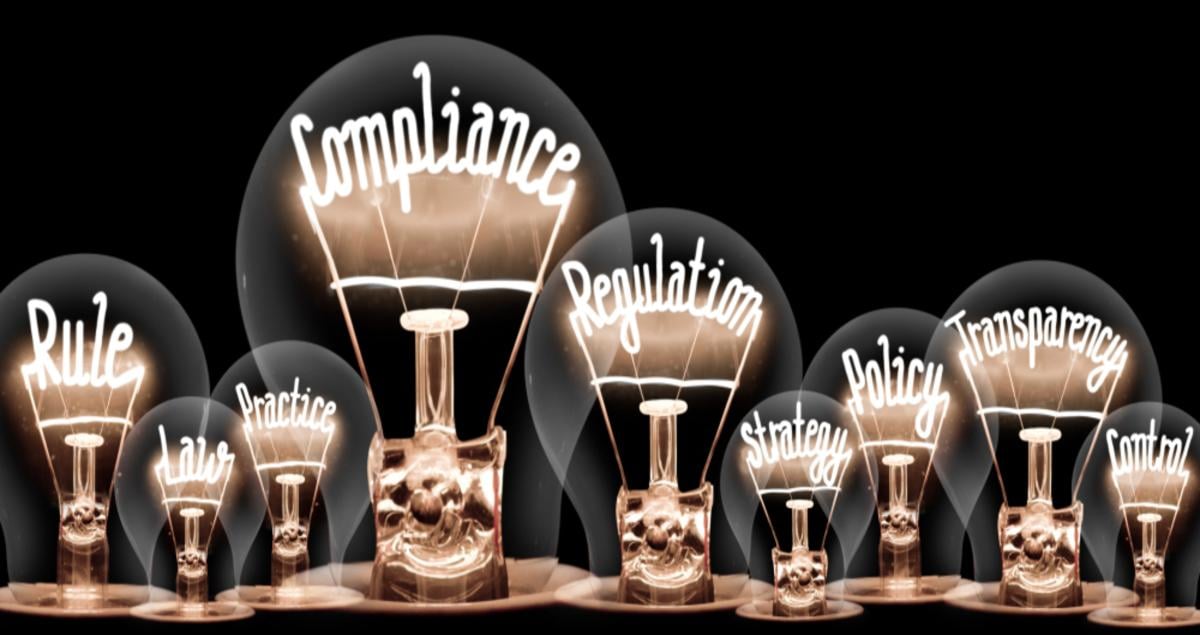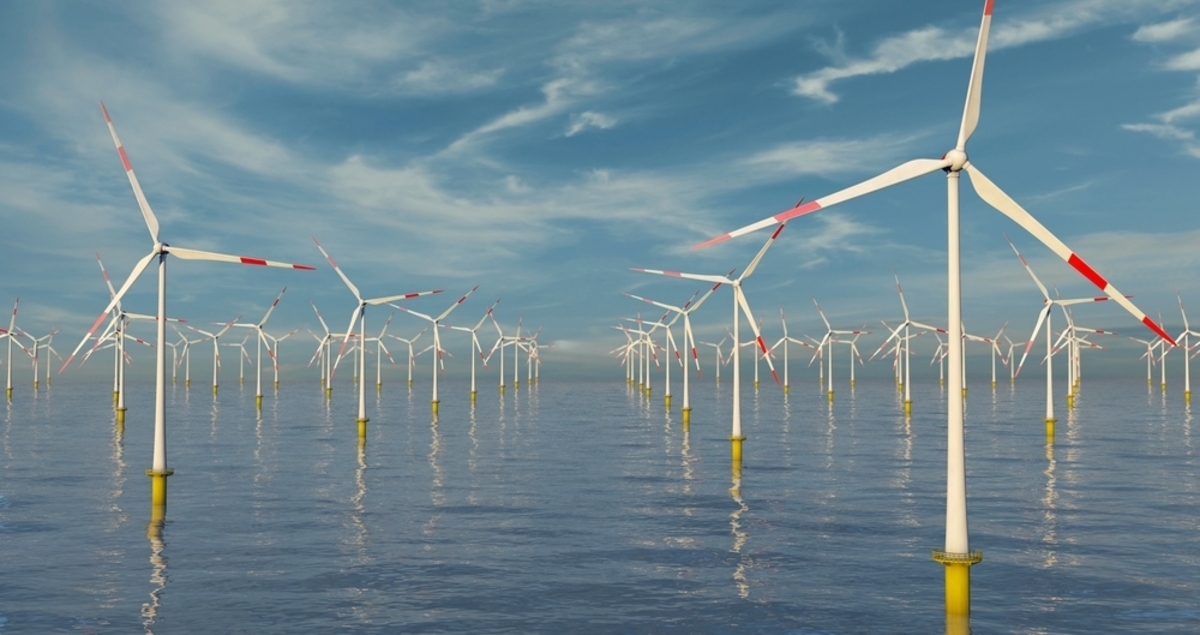Policy is a key step on the road to affordable clean energy

Unpredictable global commodity demand, unstable financial markets and changing geopolitical dynamics are making global energy prices increasingly volatile.
The impact of many world events is difficult to control, leaving today’s policymakers facing some tough choices.
But there is no one-size-fits-all solution to these challenges. In some countries, policy tools like subsidies, laws and regulations can help reduce energy costs, increase energy security and boost uptake of low-carbon technologies, while others need more creative funding options to transform their energy sectors.
Funding decarbonization efforts
Soaring energy prices can create both a short-term impetus for producers to increase fossil fuel output and a longer-term incentive to switch to less volatile, low-carbon energy sources such as wind, solar or nuclear power. The availability of different funding options can help policymakers decide on the best course of action.
In many countries, governments have introduced subsidies to make both renewable energy and carbon dioxide-emitting fuels more competitive. The global energy sector received around $634 billion in subsidies in 2020, according to an International Renewable Energy Agency report.
While subsidies help make energy prices more affordable for both industry and homeowners, they have to be paid for, usually by governments through higher taxes, increases in costly borrowing or reduced spending elsewhere.

Subsidies may be less effective as a policy tool to transform the energy sectors of developing economies in regions like Southeast Asia. Much of this region is heavily dependent on thermal power, and fossil fuels like coal currently meet 80% of electricity needs.
But economies like Japan are finding creative ways to support the green transition. As part of a Japanese-government-led regional roadmap for decarbonization, the Japan Bank for International Cooperation, Japanese megabanks and others are establishing a $10 billion public and private investment and loan fund to help the ten members of the Association of Southeast Asian Nations cut emissions.
The fund aims to promote energy-saving measures and increase the adoption of renewable energy where possible. Investment will also help countries replace coal with cleaner liquefied natural gas to generate thermal power, or reduce CO₂ emissions by mixing coal with ammonia.
The cost of carbon
Carbon pricing is another option in the policymaking toolkit that adds an explicit cost to the environmental impact of fossil fuels.
Such policies can take the form of a border tax on imported fossil fuels or a cap on the permitted level of carbon dioxide emissions for businesses, with producers having to buy tradable permits to cover any pollution above this level.
The world’s largest carbon market is the European Union Emissions Trading Scheme. It creates a market price for carbon emissions, incentivizing industry and businesses to reduce their CO₂ output and stimulating innovation to find cleaner alternatives.
The system is not without risks, however. Fuel suppliers facing additional charges could pass these on to consumers in the form of higher fuel bills, thereby depressing spending and economic growth. Extra costs could also make emissions-intensive sectors such as steel and chemicals less competitive in international markets. However, the IMF’s proposed international carbon price floor of $25-75 per tonne could help establish an even playing field globally.

Scaling up CCUS
Other policy measures aim to encourage the adoption of low- or no-carbon technologies like renewables and carbon dioxide capture, utilization and storage (CCUS), to help decarbonize power generation and heavy industry.
While the business case for CCUS is yet to be realized, scaling up the technology would help bring down costs — in the same way the price for wind and solar power rapidly declined. The International Energy Agency sees CCUS as crucial to achieving net zero targets.
In the US, the 45Q tax credit scheme has incentivized companies to capture and reuse their CO₂ emissions. This year’s Inflation Reduction Act lowers the eligibility threshold for 45Q tax credits — allowing more CCUS projects to access subsidies — and extends the deadline for subsidized projects to begin from 2026 to 2033. The new legislation also offers subsidies for hydrogen and some renewable projects.
This differs from the policy approach in countries like Japan — where taxes are levied on already high energy prices — and Canada, where emissions are taxed.
In the UK, the government is trying to bolster its long-term energy independence by relaxing planning laws to expand offshore wind farms, nuclear capacity, solar and hydrogen energy, in the wake of geopolitical tensions in Europe. The British Energy Security Strategy aims to move the country away from fossil fuel dependence and exposure to volatile price fluctuations.
As with most aspects of the energy transition, solutions that work in one country may not be appropriate in others. Each country needs a policy approach geared to its own unique energy needs and challenges.
Fluctuations in fossil fuel prices are also unlikely to end anytime soon. But policymakers have a range of options at their disposal to find suitable ways to mitigate the impact of today’s soaring energy costs and help build a more sustainable future.
Discover more about MHI’s cutting-edge CO2 capture technologies





